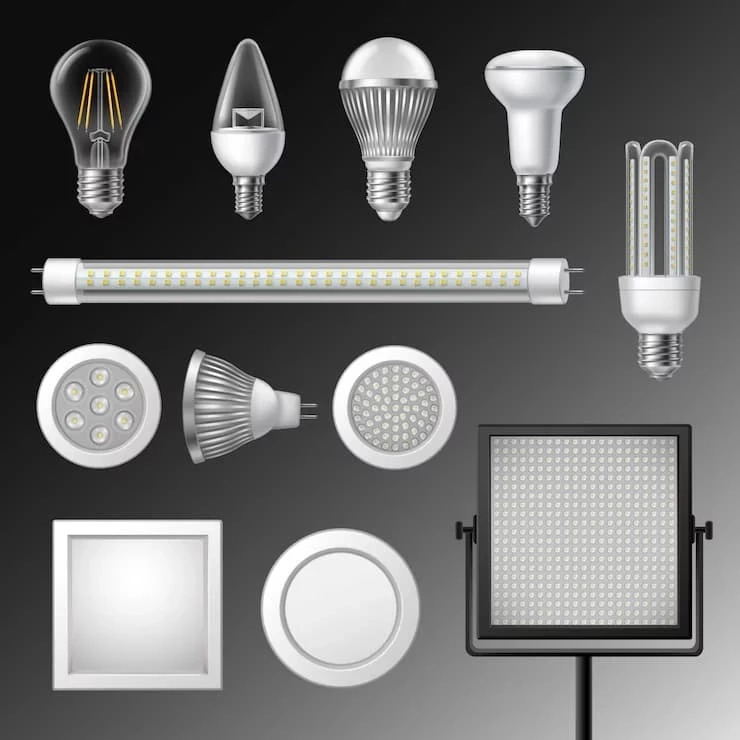In today\'s rapidly evolving technological landscape, two prominent display technologies have taken center stage: Light Emitting Diodes (LEDs) and Liquid Crystal Displays (LCDs). While both offer stunning visuals and vibrant colors, they operate on fundamentally different principles, each with its own set of advantages and drawbacks. In this article, we\'ll delve into the intricate details of LEDs and LCDs, comparing their functionalities, benefits, and applications.
In a world where visual content has become an integral part of our lives, display technologies play a pivotal role. LEDs and LCDs are two commonly used technologies that enable us to experience high-quality images and videos in various devices, from smartphones to large-screen televisions.
Understanding LEDs
LEDs, or Light Emitting Diodes, are semiconductor devices that emit light when an electric current passes through them. This phenomenon is called electroluminescence. LEDs are known for their energy efficiency, long lifespan, and ability to produce vibrant colors. They are commonly used in displays, indicator lights, and even general lighting applications.
Understanding LCDs
LCDs, or Liquid Crystal Displays, work on a different principle. They consist of liquid crystals sandwiched between two layers of glass. When an electric current is applied, these liquid crystals manipulate the passage of light, creating images on the screen. LCDs are widely used in televisions, computer monitors, and smartphones.
Differences between LEDs and LCDs
4.1 Display Technology
LEDs are a type of display technology that uses individual light-emitting diodes to create images. LCDs, on the other hand, use liquid crystals to modulate light and create images.
4.2 Light Emission Process
In LEDs, light is directly emitted when current flows through the diodes. In LCDs, the light is generated by a backlight placed behind the liquid crystal layer.
4.3 Contrast and Black Levels
LEDs offer better contrast and black levels compared to LCDs. This is because LEDs can individually turn off pixels to create true blacks, whereas LCDs rely on liquid crystals to block light.
4.4 Energy Efficiency
LEDs are more energy-efficient than LCDs. They require less power to operate and emit less heat, contributing to longer device lifespans.
4.5 Color Accuracy
LEDs provide a wider color gamut and better color accuracy. They can reproduce a broader range of colors, resulting in more vibrant and lifelike images.
4.6 Thickness and Flexibility
LED displays can be much thinner and flexible, allowing for innovative design possibilities. LCDs are bulkier due to the backlight and glass layers.
Applications of LEDs and LCDs
LEDs find applications in various areas, including digital signage, automotive lighting, and medical devices. LCDs are commonly used in televisions, computer monitors, projectors, and smartphones.
Advantages of LEDs
- Energy efficiency
- Long lifespan
- Vibrant colors
- Faster response times
Advantages of LCDs
- Wide availability
- Cost-effectiveness
- High resolution
- Suitable for indoor and outdoor use
Disadvantages of LEDs
- Initial cost
- Limited viewing angles
- Complex manufacturing process
Disadvantages of LCDs
- Limited contrast
- Slower response times
- Backlight bleed
Choosing the Right Display: When to Use LEDs
Choose LEDs when you need energy efficiency, better color accuracy, and thin, flexible displays. They are ideal for applications that require vivid visuals and vibrant colors.
Choosing the Right Display: When to Use LCDs
Opt for LCDs when you need cost-effective displays with high resolutions. They are suitable for scenarios where wide viewing angles and good visibility are important.
Future Trends in Display Technology
As technology continues to advance, both LED and LCD technologies are likely to see improvements. OLED (Organic Light Emitting Diode) displays, which combine elements of both technologies, are gaining traction for their impressive visuals and flexibility.
Conclusion
In the ever-evolving landscape of display technology, the differences between LEDs and LCDs are significant. While LEDs excel in energy efficiency and color accuracy, LCDs offer cost-effective solutions with good resolution. Choosing between the two depends on the specific requirements of your application.




